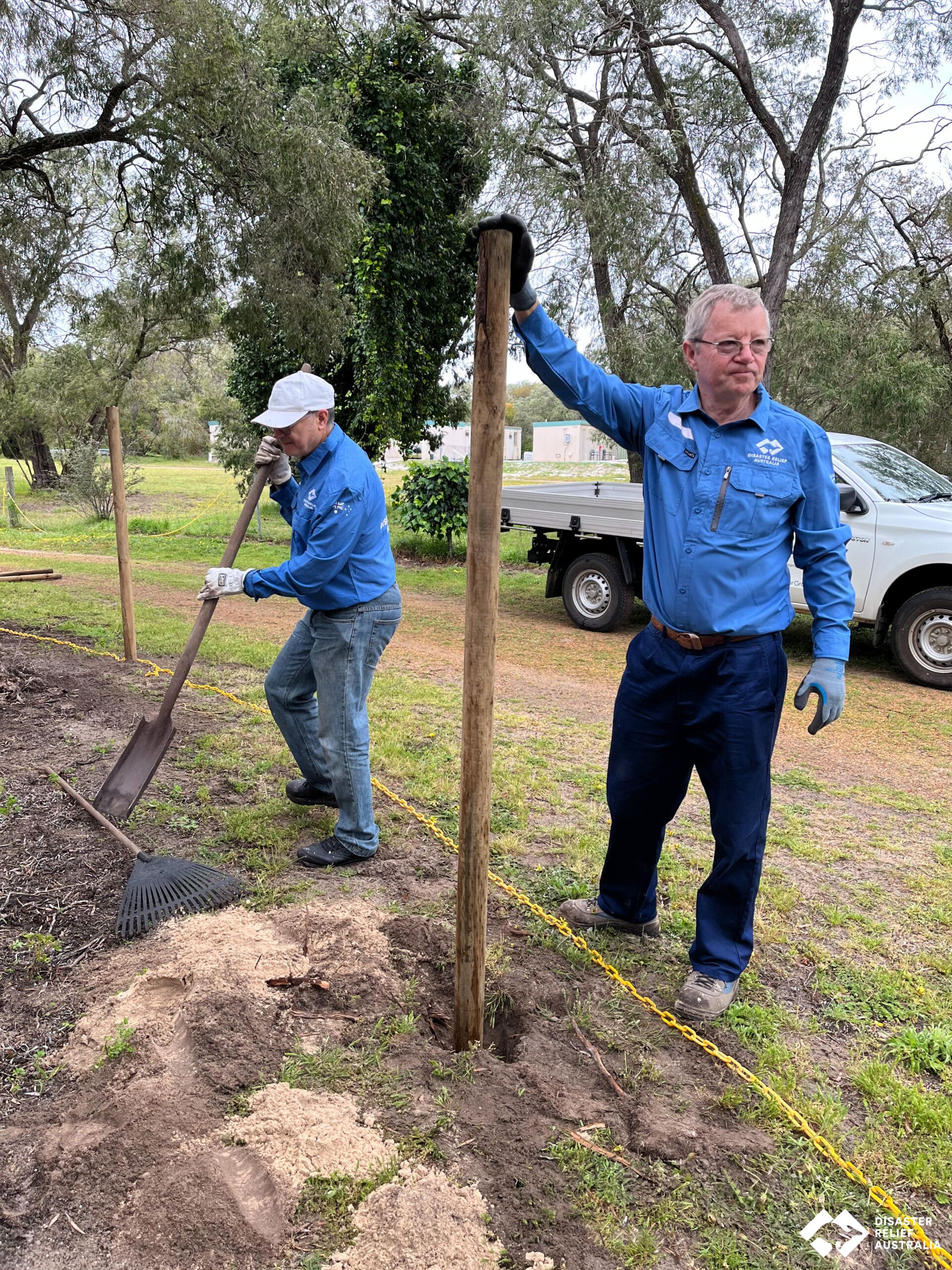Geoff Evans
Executive Project SponsorThe Wellbeing Project is crucial to the long-term betterment of DRA, our members, and the amazing 6,700 men and women who leave the ADF each year. I have worked extensively in veteran wellbeing since founding Homes for Heroes (H4H) in 2013, where I worked with the most unwell veterans we have. I chose to sponsor the Wellbeing Project because I have never seen a more powerful tool than the model of continued service offered by DRA. Yet, there is no actual evidence base to prove what we know is true.
The Wellbeing Project is an independent study of the effects of service in DRA. It will allow us to better tailor how we operate to improve our members’ experience and it will provide an evidence base that validates our work. I have had scores of veterans contact me over the last 6 years to tell me that service in DRA turned their life around. We need to validate their experience. Once we do so, we can expand, share and grow our model.
Wellbeing goal
In March of 2022 I testified at the Royal Commission into Defence and Veteran Suicide. The Commission had a great interest in DRA because we provide a model of hope and opportunity. At the conclusion of my testimony, I was asked by a Commissioner if we have an evidence base to support our work. Despite hundreds of qualitative stories and experiences, the answer was ‘not yet’. By participating in the Wellbeing Project, you are helping your mates, and future generations of veterans. As a veteran once said to me “I wish I had of found DRA when I first left the Army, then I wouldn’t have fallen so far”. The experience of veterans leaving the ADF is not a forgone conclusion. With your help, we can be there to provide a new mission, new purpose and new identity to veterans. We must be able to prove what we do to be heard.


